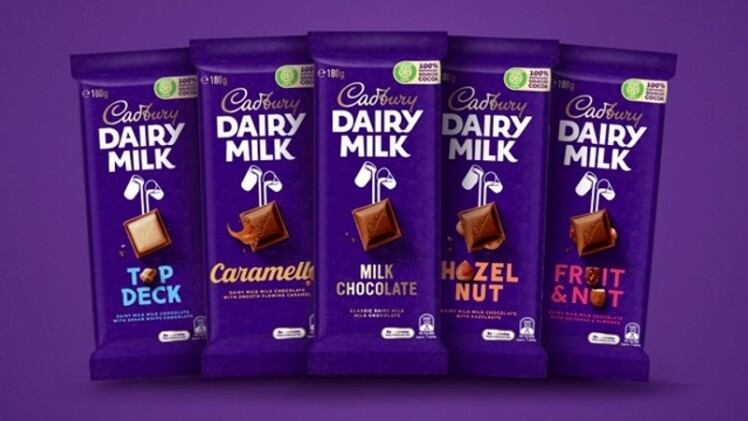The health and wellness trend has been on the rise throughout the entire food and beverage industry in the Asia Pacific region even before the COVID-19 pandemic hit, and things have been no different for the frozen foods sector.
Before, a great deal of misunderstanding existed about this category, with many consumers believing that these were inferior to fresh foods as the freezing process meant removing nutrients or depleting the quality of the food – this is a misunderstanding that frozen food firms such as Australia’s Dumpling100 have been working hard to overcome.
“We have been working hard to educate consumers and let them know that if the food is handled well, the freezing process actually helps to lock in all those nutrients and flavours, which is probably better than any fresh foods that are not handled well,” Dumpling100 Managing Director Shelley Zhou told FoodNavigator-Asia.
“The transportation process should really also be considered in this case, as non-frozen foods are usually transported at [either ambient or cooler temperatures but still not as steady as frozen foods’ transport temperatures], so if this temperature control is not done well, during the transport process, some nutrients can be lost.”
The pandemic actually turned many consumers towards this category in search of food options that are healthier yet require less preparations as well as can be stored for longer periods of time at home, in order to reduce trips to the store.
“Nowadays, more and more consumers are looking to frozen foods to find healthier choices – we have noticed they tend to look for options like no added MSG or no added preservatives, foods that don’t have these additives and are more natural,” she added.
“[This growth was apparent] both in retail and the meal kits sector – Meal kits are already cooked, packed and frozen to extend the shelf life, and during the pandemic there were some very popular companies that achieved huge success doing this.
“[The draw really is that] after thawing and warming up or cooking these, they are just as fresh though freshly cooked, and the flavour is also there, [and] the steps the consumer needs to take before eating such as adding sauces from the packs or choosing to microwave, oven bake or put it in the pan are really simple.”
Where Australia has a pretty advanced cold chain logistics system allowing for frozen foods to be sent across the country, it would be reasonable to think that this would not be a growing sector in countries such as India, which are even larger but have a much less-developed cold chain logistics system – but in fact local companies have found various ways to overcome this challenge.
One of this is India-based Skippi, the country’s first branded ice popsicle brand, which has developed a technique to ship its popsicles across the country in liquid form allowing them to skip the need for cold chain transportation.
Importantly, Skippi has also found that Indian consumers are also trending towards healthier products within the frozen foods category, as evidenced by the healthy growth the firm has been seeing since it launched earlier this year.
“Indian consumers have actually moved ahead by a lot in terms of identifying a healthy product and replacing earlier products [they have been consuming all along] with these healthy ones, [and] this is happening for frozen foods as well,” Skippi Founder and CEO Ravi Kabra told us.
“So definitely, with the upper middle class income growing exponentially and middle class income growing as well in India, consumers are getting much more aware of where the health prospects lies, and are always proactively replacing their existing brands of consumption with healthier options.
“Add that to the fact that India is a really hot and humid country compared to many other countries out there, and the amazing population strength here, this means consumption patterns are definitely growing very quickly in the frozen foods category - That is why we see a lot of frozen brands such as those for ice cream that are not just from India but also from abroad getting established in the Indian market.
“So despite the cold chain conditions, which we do know are not great, India remains a very promising market for frozen products and particularly healthier frozen producte, especially from a consumption point of view due to the per capita income rise and also in terms of the weather conditions, which are very favourable for this industry – essentially, it's a year round business for us.”
Watch the video above to find out more.





